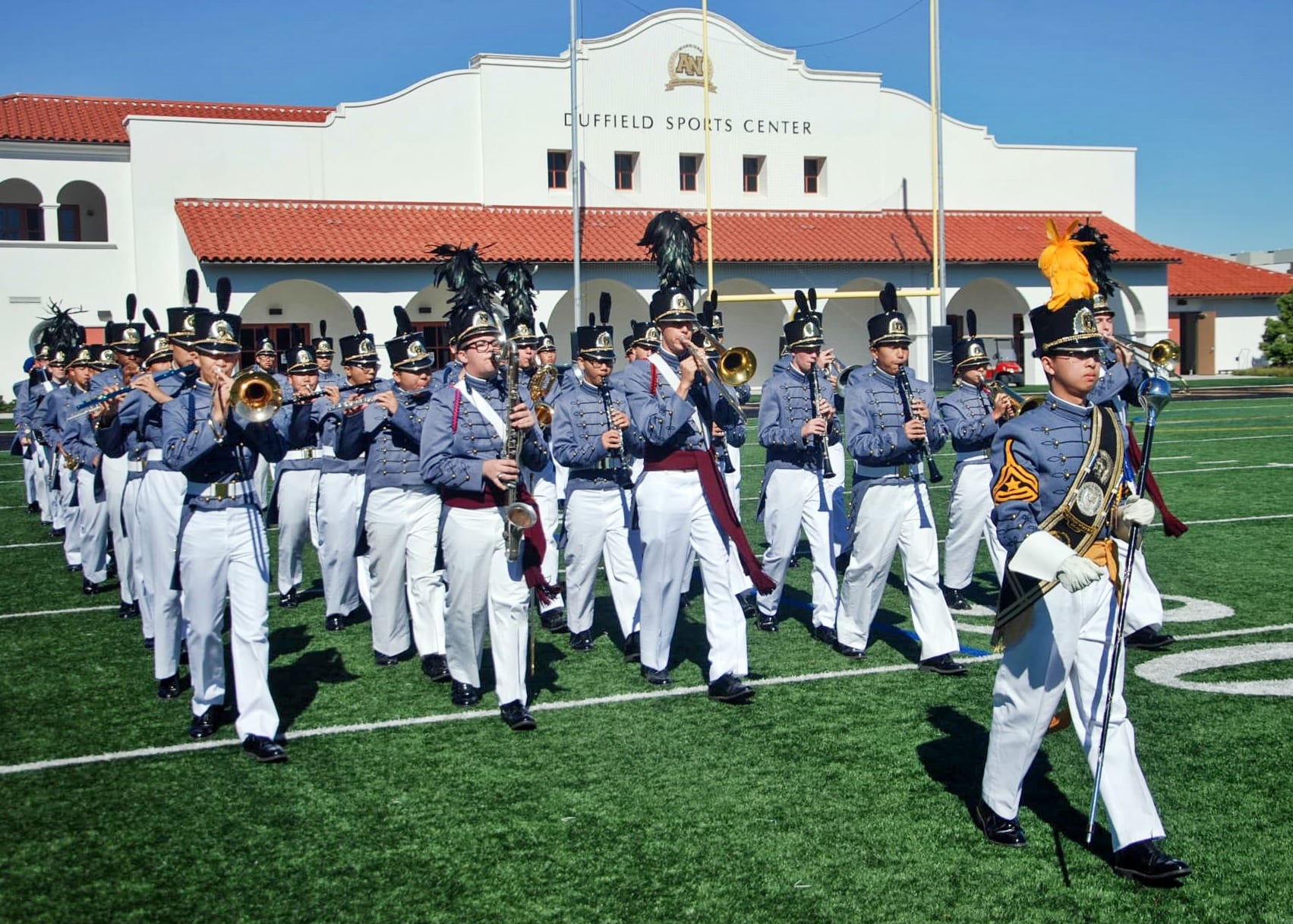sIf you’re a parent exploring private school options for middle school and/or high school, you may be wondering about the value of single gender vs. co-ed schools. Of course, every teen is different, so there’s no one-size-fits-all answer.
Nonetheless, there are scientifically proven differences between boys and girls when it comes to brain development and the ways that they each learn best.
How Boys and Girls Learn Differently
 Co-ed schools have to teach to a broader audience, so teachers are unable to cater lessons specifically to boys or girls. Therefore, teachers at co-ed schools may teach in ways that work for one group but not the other. Lectures, for example, are more effective for teaching girls than boys.
Co-ed schools have to teach to a broader audience, so teachers are unable to cater lessons specifically to boys or girls. Therefore, teachers at co-ed schools may teach in ways that work for one group but not the other. Lectures, for example, are more effective for teaching girls than boys.
On the other hand, teachers at an all-boys school will tailor lessons for boys’ brains. For example, at Army and Navy Academy, you might see teachers leading outdoor lessons since boys’ eyes see better in natural light. Or, you might see two groups competing in the classroom to see who can complete a set of problems the quickest, since competition is a good motivator for boys.
For personalized instruction designed for boys’ brains, an all-boys school is the best environment. Stand up desks, fidget toys, team-oriented lessons, hands-on learning, and more can be used to address the ways boys accelerate learning.
Single Gender Mitigates Social Pressures
Boys and girls mature at different rates, and adolescent boys sometimes experience anxiety when learning to cope with and relate to girls in the co-ed classroom.
A single-gender school eliminates this stress for boys, allowing them to achieve greater focus. Additionally, boys tend to avoid stereotypically un-masculine classes like band and drama at co-ed schools.
This isn’t an issue at all-boys schools, where students have the opportunity to break down stereotypes and experience a wider variety of classes without fear of social retribution.
Single Gender Education is Shedding its Old Label
Single gender schools have existed for centuries, with all-male colleges, all-boys prep schools, and military boarding schools helping to mold high-performing leaders. Yet, despite evidence that single gender academics could be beneficial to many students, some still regard the concept as “old fashioned”.
Fortunately, the idea of all-girls and all-boys schools is facing a revival lately, as many educators search for new ways to better serve students, and the renewed interest in single-gender schools comes as a product of increased research of their benefits. The Association of Boarding Schools provides 5 reasons an all-boys school will help your son thrive.
Today, students in single-sex education could stand to gain more confidence (both academically and personally), and achieve more in the scope of their ambitions compared to their peers in co-ed schools.

Learning Through a Gender Lens
Committed to proven teaching methods designed specifically for boys and the ways that they learn best, the Gurian Institute designated Army and Navy Academy as a model school and a leader in single gender education.
As a Gurian Model School, the Academy serves as a model for other single gender schools in the U.S. that are seeking to build boy-friendly teaching practices into their curricula.
A Single Gender Environment Reduces Behavioral Issues
Although it’s fair to say that various co-educational schools can facilitate high-academic performance, students in an all-girls or all-boys schools may have lower chances of struggling with behavioral issues.
Some experts suggest that single gender educational environments can help reduce behavioral issues because they give students more room to feel at ease. In a co-educational high school environment, teens may distract each other. They are sometimes more concerned with fitting into their prescribed roles and impressing others than pursuing their own personal skills. In single-sex schools, students are often more willing to take risks, because they don’t feel the fear of failing in front of the other sex. Indeed, graduates of all-girls or all-boys schools have even rated themselves as having higher levels of intellectual self-confidence, a resource crucial for college and beyond.
 Single Gender Schools Allow for Tailored Curricula
Single Gender Schools Allow for Tailored Curricula
As critics might suggest, simply placing teenage boys in classes far away from girls is unlikely to accomplish a great deal. However, the benefits arise when this separation allows for teachers to provide techniques tailored towards the individual needs and learning styles of their students. A primary argument in favor of single-sex schools is that different genders typically have different styles of learning. Fortunately, in single-sex schools, the teaching can adjust to include techniques and concepts proven to work best for the expanding minds of young women and young men.
For instance, at an all-boys boarding school, teachers can introduce a reading list with books that speak to the concerns of their students. For example, “Hamlet” may help to introduce a “coming-of-age” discussion about father-son relationships. Although similar discussions are possible in co-educational schools, they are often more concentrated and open in a single-sex environment.
The theory of tailored curricula in single-gender schools was tested with a public school in Florida that chose to separate fourth-grade students into single-sex and co-educational classrooms. In each class, the students covered the same curriculum with the same number of students, and at the end of the study, the single-gender environment produced dramatically improved scores in standardized tests. 86% of boys in the single-sex classroom scored proficient on the test, compared to only 37% of the boys in co-ed classes.
 Single Gender Schools Let Students Define Themselves
Single Gender Schools Let Students Define Themselves
Finally, a significant benefit of single gender education, is that it allows young men and women to pursue the roles that appeal most to them, rather than feeling as though they must gravitate towards the requests imposed upon them. For instance, in an all-boys school, young men have the opportunity to fill every role, from traditional sports captains to scientific experts and literary geniuses. In this way, students can begin to unlearn traditional stereotypes, or never consider such roles in terms of gender to begin with.
Research has already begun to show that single-sex education could allow students to explore a broader realm of prospects for their futures, meaning that growing young men and women are encouraged to improve their skills and pursue their academic passions, without the distraction of the other sex.
At military schools, single gender education has a long history because it allows boys to push their academic potential, pursue leadership positions, and face challenges, both inside and outside the classroom. Learning to lead, following a rigorous daily schedule, goal-setting, and facing physical challenges in leadership training and sports, appeals to and motivates teenage boys as they move towards manhood.
Conclusion
While the U.S. Department of Education has reported that graduation rates from high school are currently at an all-time high, single sex private schools provide far more impressive numbers. Generally speaking, students attending private schools receive their high diplomas and also go onto to college for undergraduate, and in many cases, graduate degrees.
Although co-educational private schools allow for interaction of both genders and do have their benefits for some students, it’s crucial to consider the benefits that single-gender schooling can offer. There is valid reasoning behind the fact that over a third of American parents feel that they should have the option to send their child to a single-sex school.
To learn more about how the Academy’s single-gender program can benefit your son, feel free to contact us. As a public service, we are committed to helping you find the best private school for middle school and high school.


